Carbon filled PTFE (Polytetrafluoroethylene) is a specialized composite material made by incorporating carbon particles into standard PTFE. This modification enhances the properties of PTFE, making it suitable for more demanding applications. Carbon filled PTFE retains the core benefits of PTFE but offers additional advantages, particularly in terms of wear resistance and conductivity.
1. Composition of Carbon Filled PTFE Carbon filled PTFE is created by blending carbon, typically in the form of graphite or carbon black, with virgin PTFE resin. The carbon particles are uniformly distributed throughout the PTFE matrix, improving the material’s overall performance in various mechanical and thermal applications. The specific type of carbon filler can be chosen based on the desired property improvements, such as enhanced conductivity or improved strength.
2. Improved Wear Resistance One of the key benefits of carbon filled PTFE is its improved wear resistance. The carbon filler increases the material’s hardness and helps reduce friction between moving parts. This makes carbon filled PTFE ideal for use in applications such as bearings, seals, and gaskets, where parts are subjected to continuous motion and wear.
3. Enhanced Thermal Conductivity Unlike pure PTFE, which is a poor conductor of heat, carbon filled PTFE exhibits better thermal conductivity. The addition of carbon particles allows heat to dissipate more efficiently, making the material suitable for use in environments where heat management is crucial, such as in high-temperature processing or industrial machinery.
4. Electrical Conductivity Carbon filled PTFE also possesses electrical conductivity, a property that pure PTFE lacks. This makes it useful in electrical and electronic applications where static dissipation or grounding is necessary.
In conclusion, carbon filled PTFE combines the outstanding properties of PTFE with enhanced wear resistance, thermal conductivity, and electrical conductivity, making it a versatile material for demanding industrial applications.

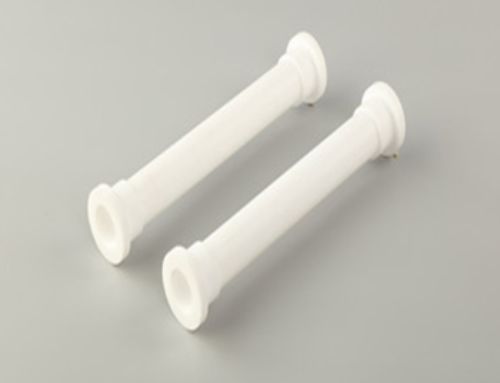
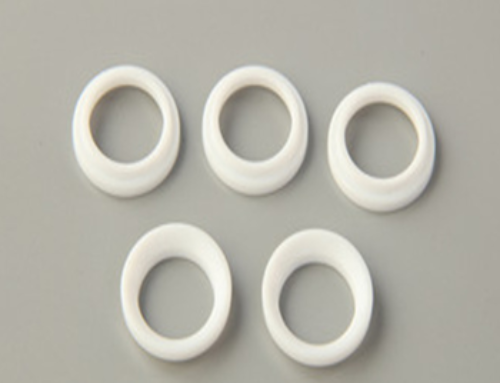
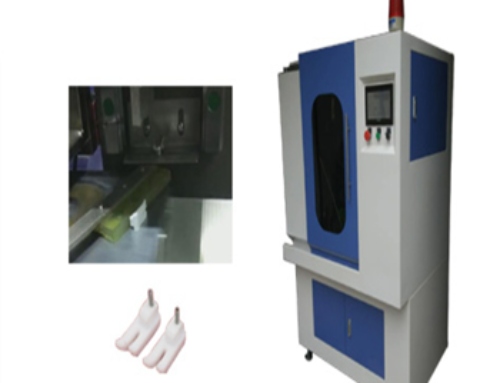
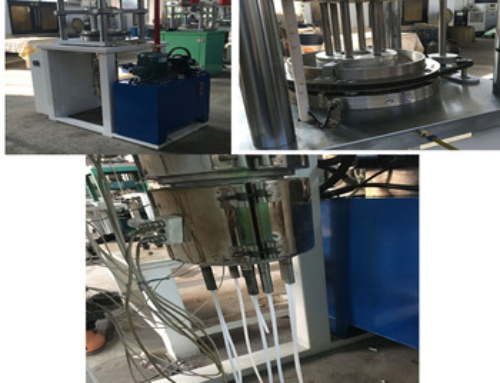
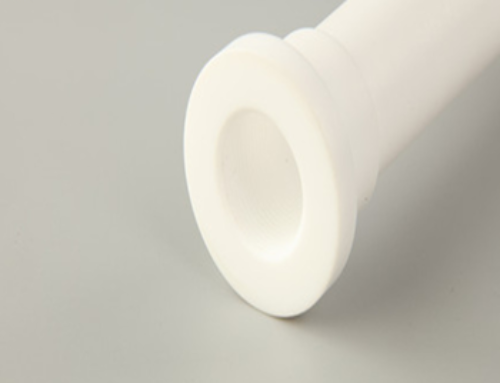

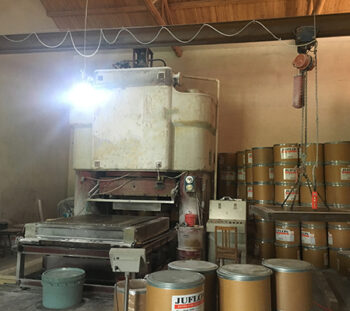
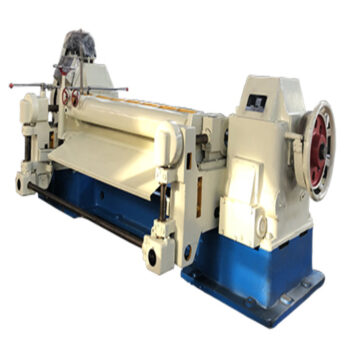
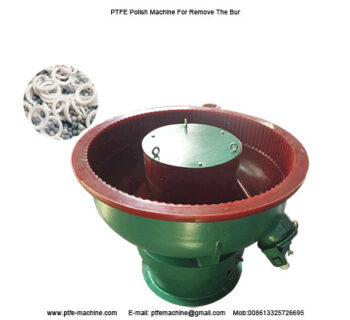
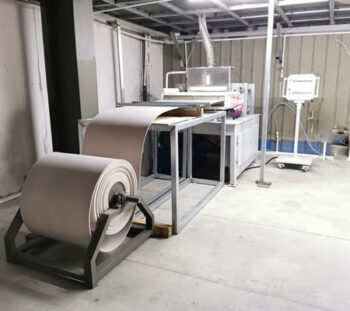
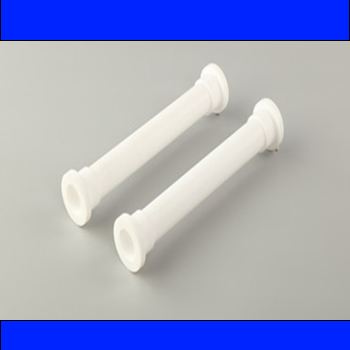

Leave A Comment
You must be logged in to post a comment.